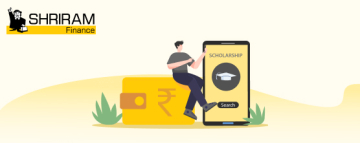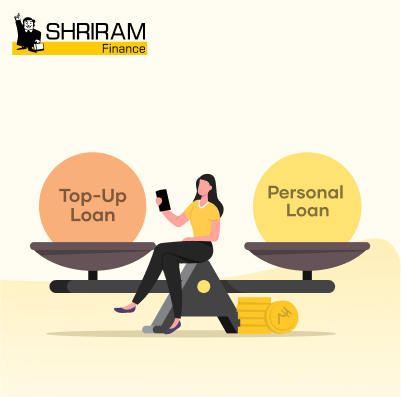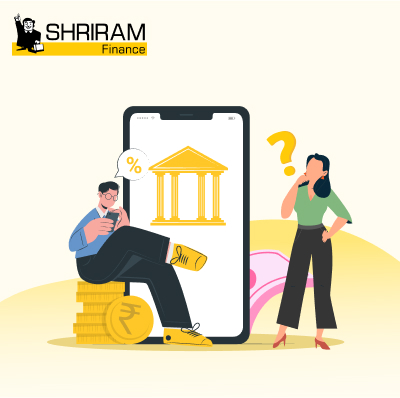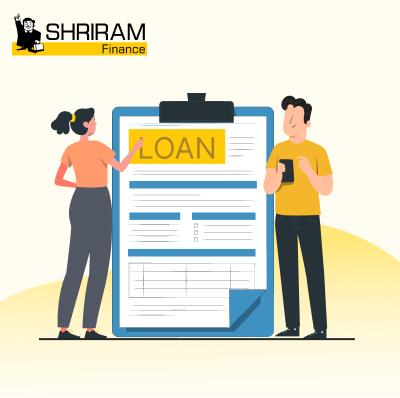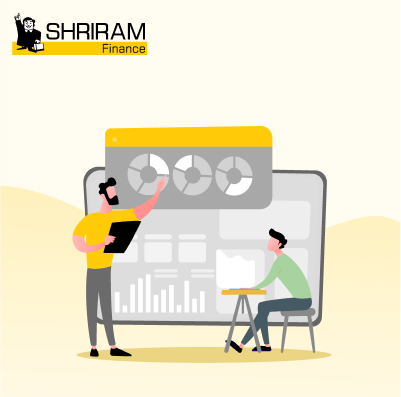Paying for college or other educational programs is a significant amount that may often require financial assistance beyond savings, scholarships and student loans. Personal loans allow applicants to cover these gaps in funding at competitive rates and flexible repayment terms.
Understanding the different types of personal loans and choosing one that aligns with your budget and future career earnings potential is key to making smart financing with personal loans for your education.
What are Personal Loans for Education?
Traditional education loans are provided by institutions via government programs or established banks and NBFCs. Personal loans for education work differently – they're unsecured loans that financial institutions approve based on your income and credit history. These loans are perfect for urgent educational fund requirements because they do not require collateral and are usually processed more quickly.
These are appropriate for:
- Short-term certification programs and courses
- Initiatives for professional upskilling
- Schooling at private schools
- Relocation associated with funding studies
- Paying registration or exam fees
While these loans fit under the education financing umbrella, they differ significantly in structure, who qualifies and how fast you get approved.
When Should You Consider a Personal Loan for Education?
Here are some situations when applying for a personal loan for students becomes essential:
1. When Traditional Education Loans are Not Applicable
In many cases, traditional education loans come with strict conditions, such as pursuing a full-time course, obtaining admission into a recognised university, or having a co-applicant. If you are pursuing a course that falls outside these parameters, opting for a personal loan may be your only viable financing option.
2. When You Need Funds Urgently
Some academic programs have limited enrolment periods, particularly executive courses or international certifications. Standard education loans can result in missed opportunities if you have to wait weeks to get approved. You can meet deadlines with a personal loan because it is processed more quickly and requires less paperwork.
3. When Collateral is Not an Option
Most personal loans are completed in a few business days, particularly if you already have an account with a financial institution. This guarantees that you don't overlook any payment or admission deadlines.
4. When You are Financing Smaller Courses or Exams
For one-time expenses like course registrations, licensing exams, or professional workshops, it might not make sense to apply for hefty education loans. A short-term personal loan can fill that gap quite nicely, without the hassle of too much paperwork or legal procedures.
Advantages of Using a Personal Loan for Educational Purposes
Here are some of benefits of applying for personal loan for education if you are planning to study further:
Quick Processing
Most personal loans are disbursed in just a few working days. This helps you pay fees or admission charges on time without any delay.
No Restrictions on Fund Usage
Unlike some education loans that go straight to the school, personal loans give you the freedom to use the funds however you need. Whether it’s for housing, travel, course materials, or living expenses, you can decide how to use it.
No Co-Applicant Required
Many traditional education loans require a parent or guardian to co-sign. With personal loans, both salaried and self-employed individuals can apply on their own, based on their income and credit history.
Fixed EMIs and Tenure Choice
When you choose an education loan, you get a particular tenure to repay your loan. On the other hand, with a personal loan, you get to choose and select a loan tenure based on your repayment capacity. Most personal loans offer flexible terms ranging from 12 to 60 months.
Digital Documentation
The process for personal loan options for education is mainly digital. This allows you to upload documents and track approval status online. This convenience reduces dependency on physical visits or repeated follow-ups.
How to Use Personal Loans Wisely for Education?
Personal loans are flexible. But still, responsible usage is key to avoid long term debt stress. Here are some tips:
Estimate Total Cost Correctly
Compute all associated costs prior to applying. These will be your tuition fee, accommodation, examination fees, books, materials, internet usage and living expenses. It's preferable to borrow a little more than run short in the middle, but don't take too much debt.
Compare Loans
Different institutions offer different terms. Compare interest rates, processing fees, repayment tenure, prepayment conditions and customer support. Even a small difference in rate or charges can make a big impact over time.
Choose the Right Tenure
Choose a tenure that keeps your Equated Monthly Instalment (EMI) affordable without extending the repayment period too much. A shorter tenure means lower interest outgo but higher EMI. Balance affordability with long term savings.
Set Repayment Reminders
Late payments attract penalties and can damage your credit score. Use digital tools, auto-debit mandates or mobile alerts to stay on track. A good repayment record also improves your eligibility for future financial products.
Avoid Overlapping Loans
Apply for a loan only if it’s absolutely necessary. Adding another EMI can strain your finances if you already have active loans or credit card debt.
Are These Loans Suitable for Students?
For Working Professionals
If you are employed and pursuing part-time, distance, or executive education, a personal loan is often more accessible than a formal education loan. Many professionals use personal loans to upskill, switch industries, or qualify for promotions.
For Students with Supportive Guardians
Some students may still be able to obtain personal loans in their parents' or guardians' names even though they are not eligible for education loans because of the structure of their courses or their eligibility as an institution. In this instance, the adult applicant is responsible for repayment.
For Freelancers and Self-Employed Learners
Entrepreneurs, independent contractors, and freelancers often struggle with obtaining conventional education loans because of their varying income patterns. Personal loans provide a more feasible route if one meets the income requisite.
Eligibility Criteria for Personal Loans
While criteria may differ from one institution to another, the following benchmarks are likely to be common:
- Age: Between 21* and 60* years
- Income: Minimum monthly income (₹20,000–₹30,000 depending on city)
- Employment: Salaried or self-employed
- Credit Score: Ideal 700 or above
- Repayment Capacity: Evaluation based on obligations, income, and existing commitments
Individuals with a longstanding association with their banker or NBFC could qualify for pre-approved offers which come with relaxed paperwork, rapid processing, and branded faster approvals.
Documents Required
To secure a personal loan for education purposes, institutions require to submit the following documents:
- Identity proof (PAN, Aadhaar, Passport)
- Address proof (utility bill, rental agreement, voter ID)
- Income proof (salary slips, bank statements, or ITRs)
- Photograph
- Programme and course details (if provider requests)
Although submission of documents may not be obligatory, stating the purpose of the loan supports the application and increases chances of approval.
Conclusion
The cost of education shouldn’t stop you from growing or learning new skills. Personal loans for education offer a quick and flexible way to pay for your studies without the long waits or strict rules of traditional loans.
The key is to borrow wisely—plan carefully, know how much you can repay, and compare options before choosing a lender. With smart planning, personal loans for education can help you invest in your future without putting your present at risk.










